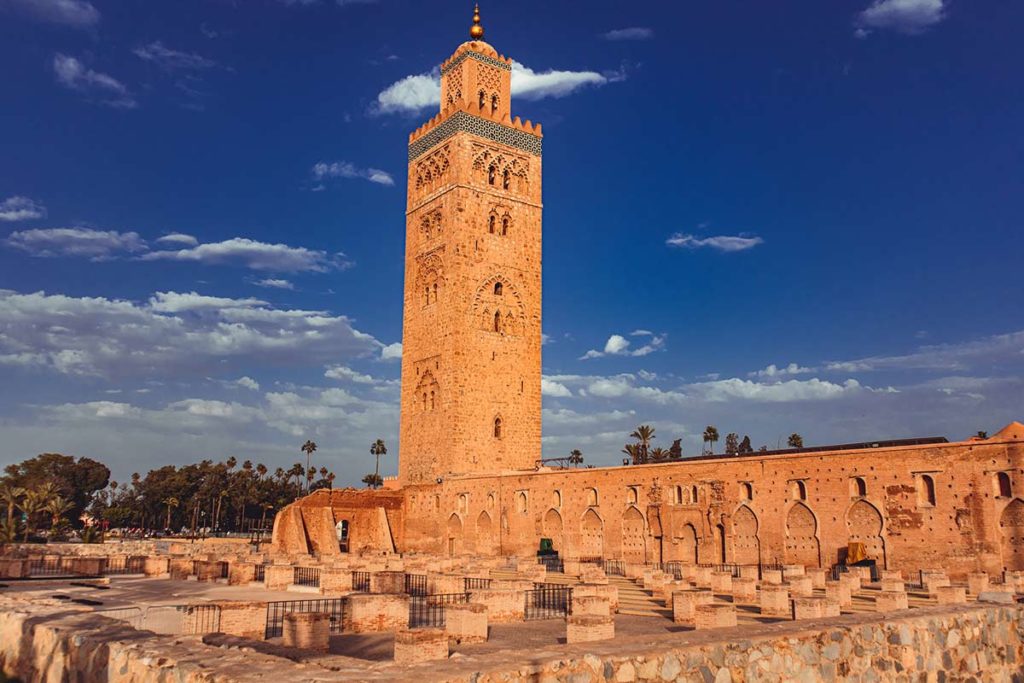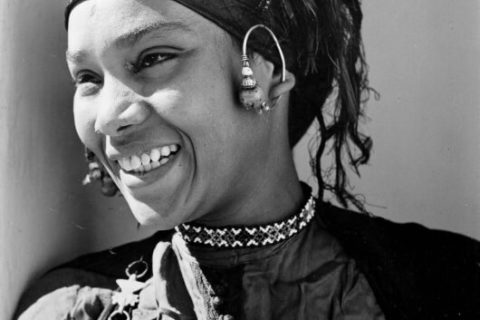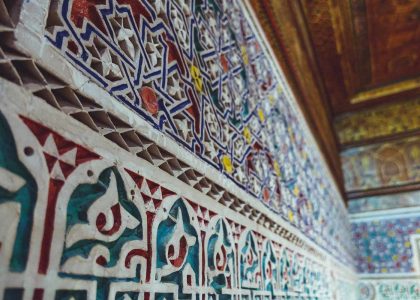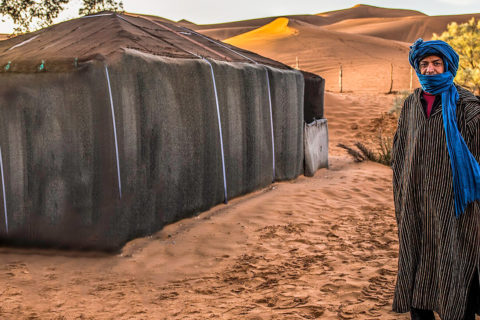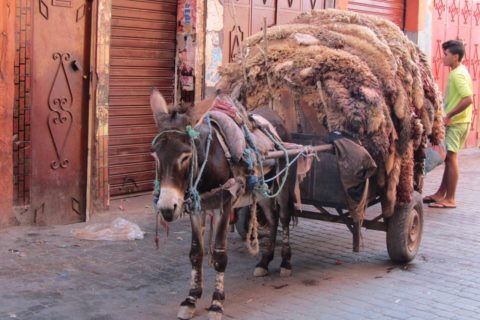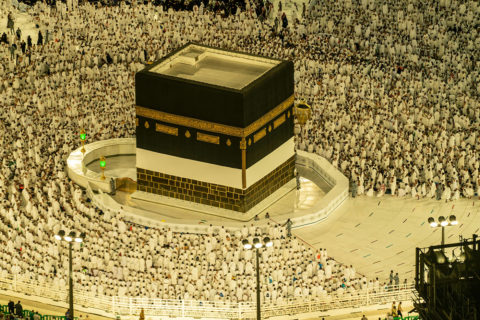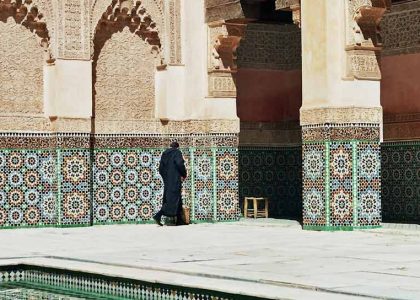Morocco’s history is a rich tapestry woven by indigenous Amazigh tribes, powerful dynasties, and colonial powers. This diverse heritage continues to shape the country’s identity today. In this overview, you’ll learn how Morocco evolved over the centuries, the rulers who left their mark, and its hard-won journey to independence.
Situated at the crossroads of Africa, Europe, and the Middle East, Morocco has been influenced by countless cultures over millennia. From early human settlements to Islamic empires, colonial rule, and the struggle for sovereignty, Morocco’s past has forged the vibrant nation it is today.
Contents
Morocco’s Ancient Roots
Morocco’s history dates back to prehistoric times. Archaeological evidence shows that Homo erectus lived here as early as 700,000 years ago, followed by Homo sapiens around 145,000 years ago. These early inhabitants were hunter-gatherers before gradually evolving into settled communities.
By the 2nd millennium BCE, the indigenous Amazigh people established themselves in Morocco, forming three major tribal confederations: the Sanhaja, Zanata, and Masmuda. Their culture became the foundation of Morocco’s identity.
In antiquity, North Africa saw waves of conquerors:
- First, the Phoenicians set up trading posts (12th century BCE).
- Later, after Rome defeated Carthage (146 BCE), Morocco became part of the Roman Empire as Mauretania Tingitana, introducing Christianity.
- Finally, the Vandals invaded in 429 CE, ruling until the Byzantines reclaimed the region.
The Age of Great Dynasties
In the 7th century, Arab armies reached Morocco, calling it Al-Maghreb (“Land of the Sunset”). Although the Amazigh people initially resisted Islamization, Idris I eventually founded the Idrisid dynasty (789 CE), making Fez its capital.
Over the following centuries, Morocco was shaped by powerful dynasties of Amazigh and Arab origin:
- Almoravids (1062–1147): Built an empire stretching from Senegal to Spain and founded Marrakech.
- Almohads (1147–1269): Expanded Morocco’s territory and constructed iconic landmarks like the Koutoubia Mosque.
- Marinids (1269–1465): Restored Fez as the capital and built magnificent madrasas.
- Wattasids (1465–1549): Struggled against growing Portuguese and Spanish influence.
The Saadians: Defending Morocco’s Sovereignty
The Saadian dynasty (1549–1664) marked a turning point. They successfully resisted Ottoman expansion and defeated Portugal in the Battle of the Three Kings (1578). Under their rule, Morocco flourished through trade with European powers.
In 1664, the Alaouite dynasty—which still rules today—came to power. Despite efforts to maintain independence, Morocco increasingly came under European influence. The Sultan Moulay Hassan (1873-1894) tried to prevent the economic supremacy of the Europeans through modernization measures and clever diplomacy, but was unable to stop the course of history.
The Beginning of the Colonial Era
By the early 20th century, Morocco’s political instability made it vulnerable to European intervention. On March 30, 1912, the Treaty of Fez established Morocco as a French protectorate, while Spain controlled northern and southern regions.
Colonial rule brought significant changes:
- French became the dominant administrative language.
- French settlers (“Colons”) took over important positions in the economy and administration.
- The 1930 Berber Decree (“Dahir berbère”) sought to divide Amazigh and Arab communities, inadvertently fueling nationalist resistance.
The Road to Independence
The independence movement gained momentum:
- 1934: The Comité d’Action Marocain (Morocco’s first political party) was founded.
- 1943: The Istiqlal Party emerged, openly demanding independence.
- 1953: Sultan Mohammed V was exiled to Madagascar, triggering nationwide protests.
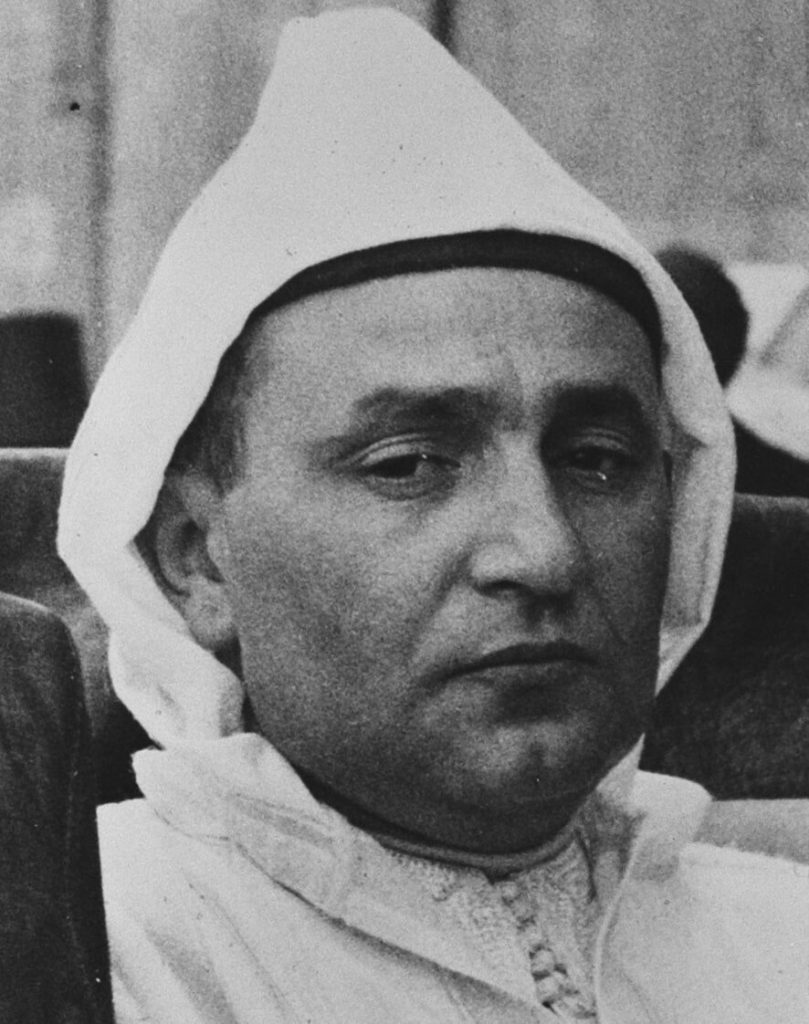
After World War II, protests and unrest against colonial rule intensified. Facing increasing domestic instability and international pressure, France had no choice but to finally concede. On March 2, 1956, Morocco regained its independence. Mohammed V returned triumphantly from exile in 1955 and was crowned King of Morocco in 1957, ushering in a new era in Moroccan history.
Modern Morocco: Reform and Challenges
With the ascension of King Mohammed VI in 1999, Morocco entered a phase of modernization and cautious liberalization. Unlike his father, King Hassan II, whose reign was marked by political repression and economic struggles, Mohammed VI positioned himself as a reformer and “king of the poor”.
Over the past 25 years, Mohammed VI initiated a new era of modernization:
- Human Rights: Established commissions to address past injustices (e.g. “Instance Equité et Réconciliation”).
- Women’s Rights: Reformed family law (“Moudawana”), advancing gender equality.
- Cultural Recognition: Officialized Amazigh languages an identity.
- Economic Growth: Shifted focus to industries like automotive, aerospace, and phosphates.
Despite progress, Morocco still faces hurdles. Youth unemployment remains high, and over 75% of workers are employed in the informal sector. Additionally, the political power of the king remains largely unchallenged, which critics argue hinders full democratization.
Currently, the government is focusing on attracting private investments to boost economic growth. Looking forward, Morocco is investing in renewable energy (solar, wind, hydrogen) to strengthen its position as a regional economic center.
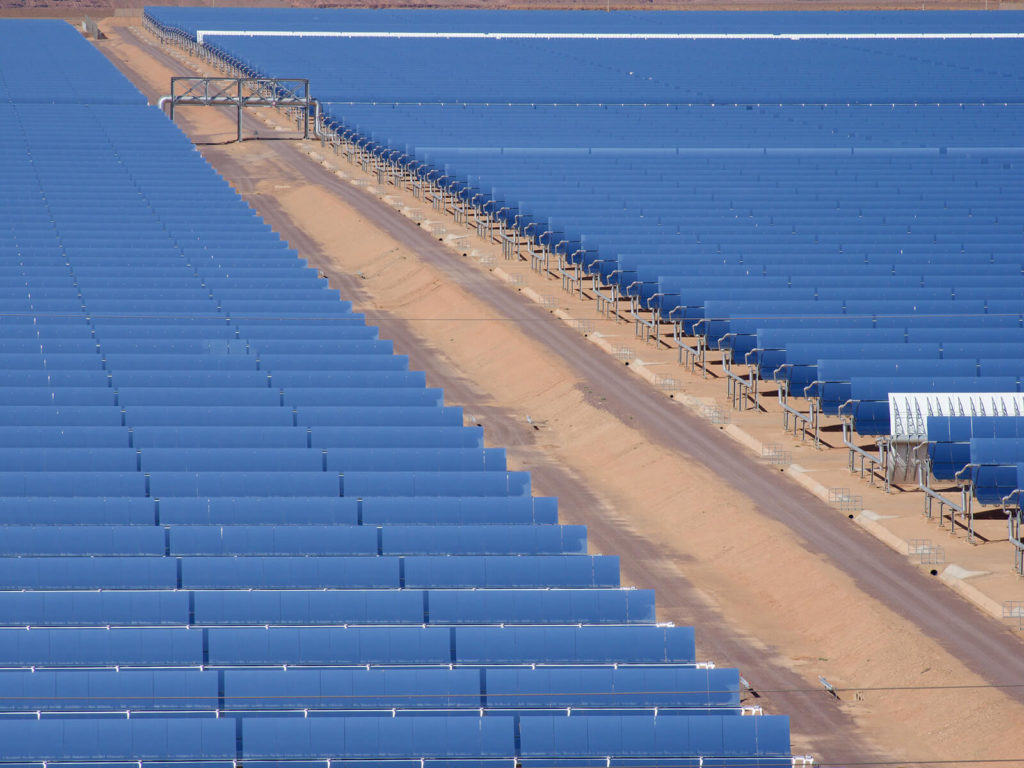
Looking ahead
Morocco’s future remains dynamic, especially considering the King’s health issues and the possible preparation of Crown Prince Moulay Hassan for succession. It remains open whether Morocco will continue on its path of modernization, meet the challenges of the 21st century, and ensure greater prosperity and political participation for its people.

